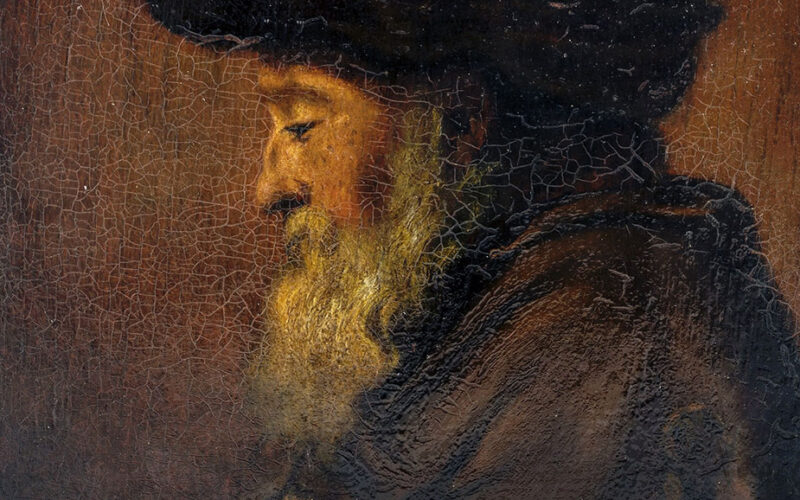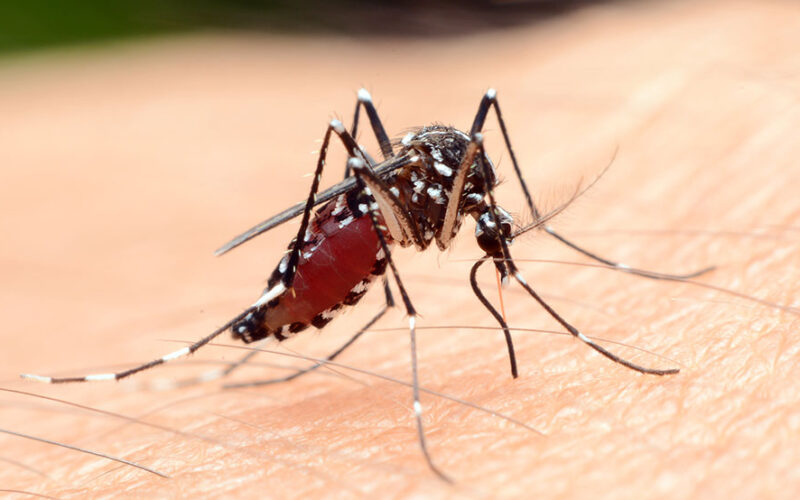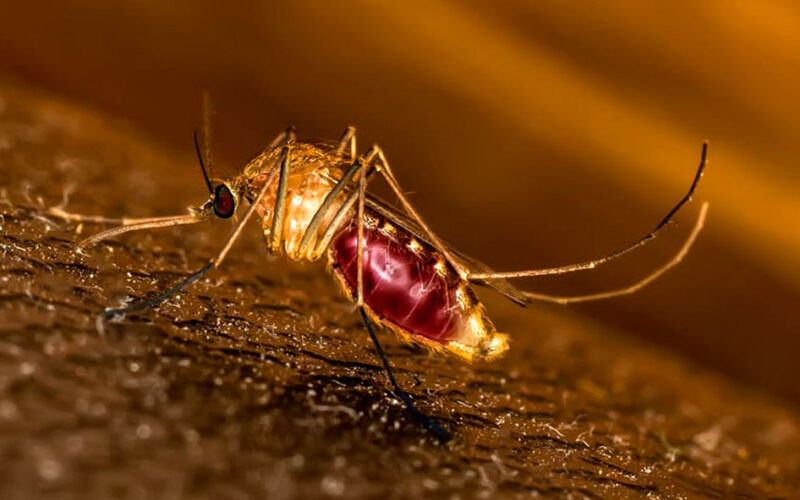
Spotting hoaxes: how young people in Africa use cues to spot misinformation online
INACCURATE information on social media has become a problem in many countries around the world. Researchers know a fair deal about “fake news” in the global North, but much less about what is happening in the global South, particularly in Africa. CHIKEZIE E. UZUEGBUNAM, Postdoctoral research fellow, University of Cape Town DANI MADRID-MORALES, Assistant Professor in Journalism at the Jack J. Valenti School of Communication, University of Houston DR. EMEKA UMEJEI, Lecturer, Communication Studies, University of Ghana ETSE SIKANKU, Senior Lecturer, Ghana Institute of Journalism GREGORY GONDWE, PhD Media Research and Practice, University of Colorado Boulder HERMAN WASSERMAN, Professor of…




